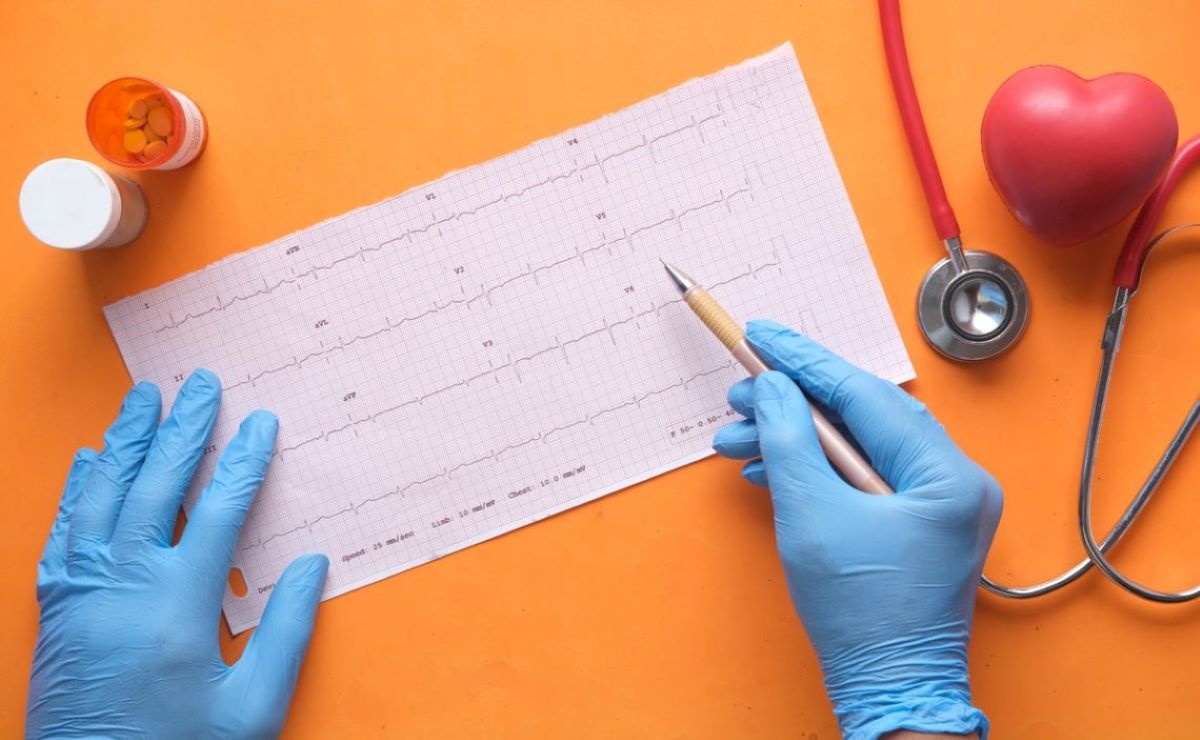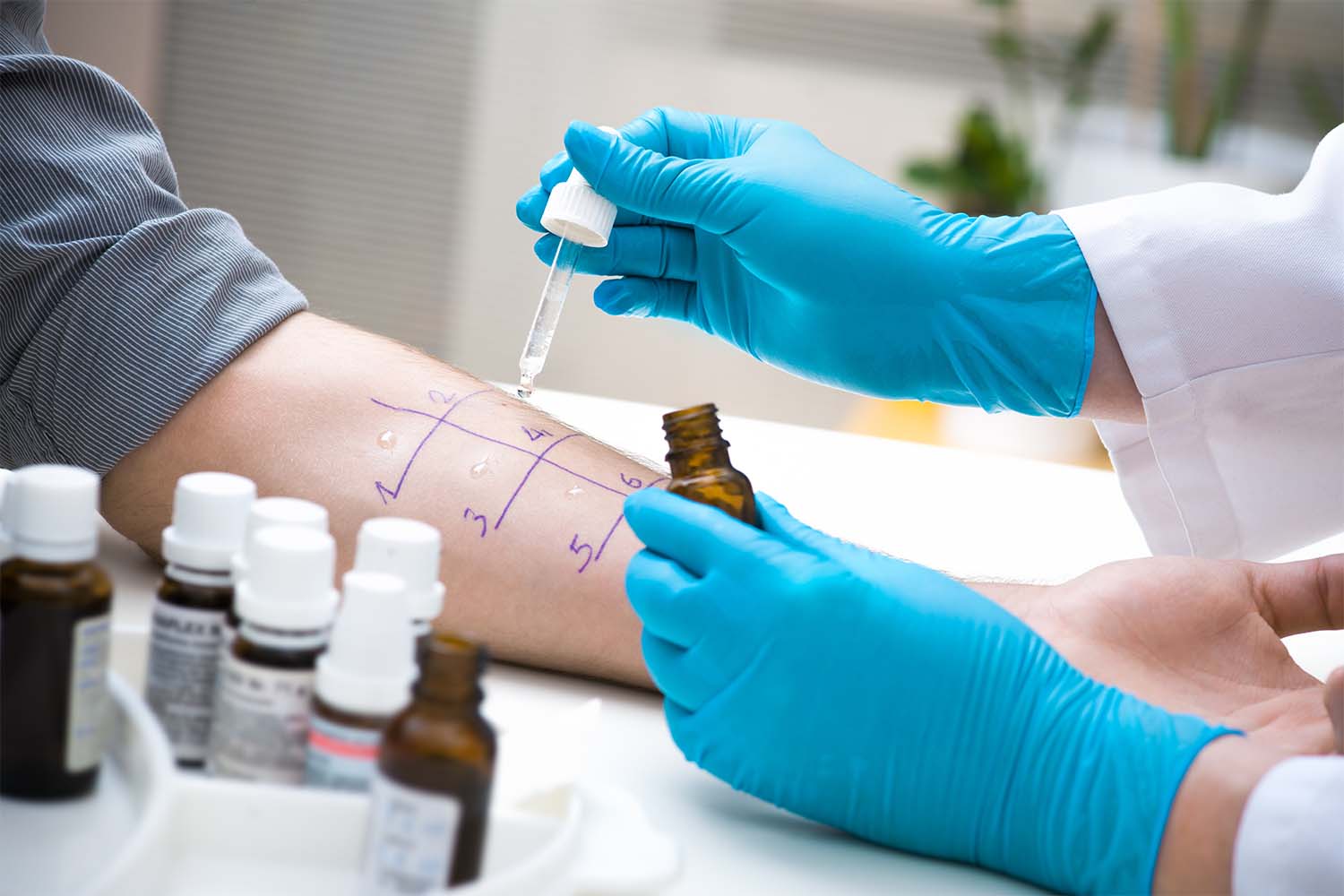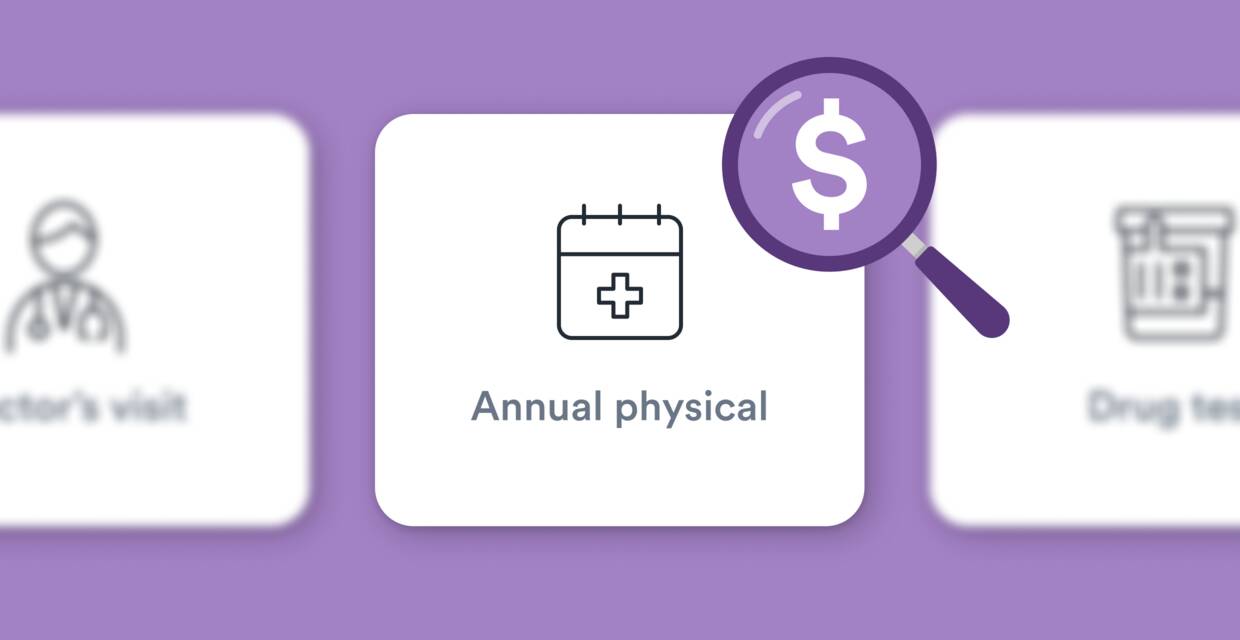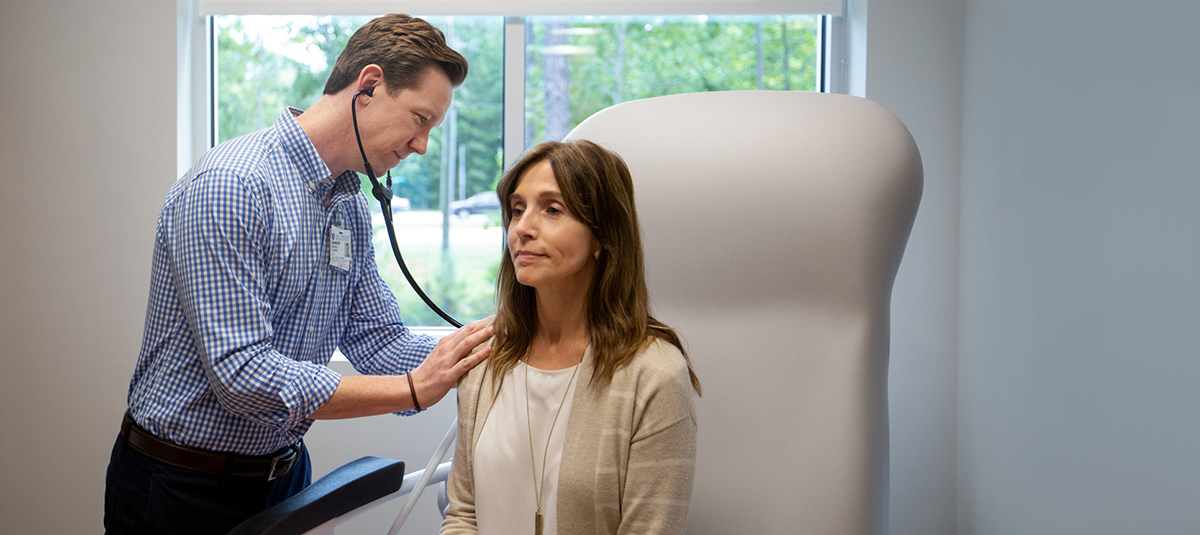

Finance
How Much Is A Physical Test Without Insurance?
Published: November 18, 2023
Find out the cost of a physical test without insurance and manage your finances wisely. Explore affordable options to stay healthy.
(Many of the links in this article redirect to a specific reviewed product. Your purchase of these products through affiliate links helps to generate commission for LiveWell, at no extra cost. Learn more)
Table of Contents
Introduction
Regular physical exams are important for maintaining good health and preventing potential health issues. However, for many individuals who do not have health insurance coverage, the cost of a physical test without insurance can be a concern. Without insurance, the cost of a physical exam can vary depending on various factors such as the location, healthcare provider, and the specific tests or procedures conducted during the exam.
It’s essential to understand the factors that affect the cost of a physical test without insurance and explore options for reducing the overall expense. This article aims to provide valuable insights into the cost of a physical test without insurance and alternative approaches to make it more affordable.
While the cost can vary significantly, it’s important to note that a physical exam typically includes a comprehensive evaluation of your overall health, including measurements of vital signs, a review of medical history, and a general physical examination. In some cases, additional tests or procedures may be recommended based on individual risk factors, age, or existing medical conditions.
Understanding the average cost of a physical test without insurance can help individuals plan and budget accordingly, while also exploring options for reducing expenses without compromising their healthcare needs. In the following sections, we will delve into the various factors that can affect the overall cost of a physical examination without insurance, as well as potential ways to manage and lower these expenses.
Factors Affecting the Cost of a Physical Test Without Insurance
Several factors can influence the cost of a physical test when you don’t have health insurance. Understanding these factors can help you estimate the potential expenses and make informed decisions. The following are the key factors that can affect the cost:
- Geographical Location: The cost of healthcare services can vary significantly depending on the location. For example, medical facilities in metropolitan areas tend to have higher costs compared to rural areas.
- Healthcare Provider: Different healthcare providers may charge varying fees for their services. Factors such as their experience, reputation, and the type of practice they run can influence the cost.
- Extent of the Exam: The complexity and comprehensiveness of the physical exam can impact the overall cost. Some individuals may require specialized testing or additional procedures based on their age or existing health conditions.
- Additional Tests and Procedures: Apart from the basic physical exam, additional tests such as blood tests, urine analysis, cholesterol screening, mammograms, or other diagnostic procedures may be recommended. The cost of these tests can add to the overall expense.
- Medical Facility Charges: The facilities where the physical exam takes place may have specific charges for using their services. This can include fees for using their examination rooms, equipment, or technology.
- Prescription Medications: If any medications are prescribed as part of the physical exam, the cost of these medications is an additional expense that needs to be considered.
It’s important to keep in mind that these factors can vary widely, and it’s advisable to inquire about the specific costs from the healthcare provider or facility. They can provide you with a breakdown of charges, allowing you to better estimate the full cost of your physical test without insurance.
Now that we have discussed the factors that can influence the cost of a physical test without insurance, let’s move on to exploring the average cost of a basic physical exam in the next section.
Cost of a Basic Physical Exam
The cost of a basic physical exam without insurance can vary depending on several factors, as mentioned earlier. On average, the cost for a basic physical exam ranges from $100 to $250. However, it’s important to note that this is just an estimate, and the actual cost can be higher or lower based on the factors specific to your situation.
The basic physical exam usually includes essential components such as measuring vital signs (blood pressure, heart rate, temperature), reviewing medical history, and conducting a general physical examination. The healthcare provider will assess your overall health, identify any potential issues, and provide recommendations for further tests or screenings if necessary.
It’s crucial to discuss the cost of the physical exam with your healthcare provider or the medical facility beforehand. This way, you will have a better understanding of the charges involved and can plan your finances accordingly. Additionally, inquire about any additional fees for services such as consultations, paperwork, or follow-up visits.
While the cost of a basic physical exam can be a concern, there are ways to potentially reduce the expense without compromising on the quality of care. In the next section, we will explore some options for lowering the cost of a physical test without insurance.
Additional Costs for Tests and Procedures
In addition to the cost of the basic physical exam, there may be additional costs for tests and procedures that are recommended based on your individual health needs. These additional tests and procedures can contribute significantly to the overall expense of a physical test without insurance.
Some common tests and procedures that may incur additional costs include:
- Blood Tests: Blood tests are commonly performed to assess various health markers such as cholesterol levels, blood glucose, liver function, and kidney function. The cost of these tests can vary depending on the specific tests ordered and the laboratory where they are conducted.
- Imaging Tests: If imaging tests such as X-rays, ultrasounds, or MRIs are deemed necessary, there will be additional charges. These tests help in diagnosing potential issues and providing a more comprehensive evaluation of your health condition.
- Specialized Screenings: Depending on your age, gender, and risk factors, your healthcare provider may recommend specialized screenings such as mammograms, Pap smears, or colonoscopies. These screenings have their associated costs.
- Vaccinations and Immunizations: If you require any vaccinations or immunizations as part of the physical exam, there will be additional charges for the vaccines and administration fees.
- Follow-up Visits: In some cases, a follow-up visit may be required to discuss the results of tests or to monitor a specific health condition. These follow-up visits can incur additional costs beyond the initial physical exam.
It’s crucial to have an open and transparent discussion with your healthcare provider regarding the necessity of these additional tests and the associated costs. They can help you prioritize tests based on your health condition and budget. Additionally, inquire about any potential discounts or payment plans that may be available to make the additional costs more manageable.
Now, let’s move on to the next section to explore options for reducing the overall cost of a physical test without insurance.
Options for Reducing the Cost of a Physical Test Without Insurance
While the cost of a physical test without insurance can be a concern, there are several options available to help reduce the overall expenses. Consider the following strategies to make the cost more manageable:
- Shop Around for Affordable Providers: Research and compare the prices of different healthcare providers and medical facilities in your area. Look for lower-cost options while ensuring they still provide quality care. Ask for itemized cost breakdowns to better understand the charges.
- Consider Community Health Centers: Community health centers often offer affordable healthcare services to individuals without insurance or with limited income. These centers provide comprehensive care, including physical exams, at reduced costs based on a sliding fee scale.
- Look for Free or Low-Cost Clinics: Some clinics or healthcare organizations offer free or low-cost physical exams to individuals who meet certain income or eligibility criteria. These clinics may operate on specific days or times, so be sure to check availability in advance.
- Utilize Preventive Care Programs: Some healthcare organizations or community programs offer preventive care programs that include free or discounted physical exams. These programs are often targeted towards specific demographics or health conditions, so check if you meet the criteria.
- Inquire about Self-Pay Discounts: Some healthcare providers may offer discounts for individuals paying out-of-pocket. Ask about any self-pay options available and negotiate the fees if possible.
- Consider Health Savings Accounts (HSAs): If you have a high-deductible health insurance plan or if eligible, consider setting up a Health Savings Account. HSAs allow you to save pre-tax money to be used for medical expenses, including physical exams.
- Discuss Payment Plans or Discounts: Inquire with your healthcare provider if they have any payment plans or discounts available. Many providers are willing to work with patients to establish a reasonable payment schedule or offer discounts for upfront payments.
- Utilize Prescription Assistance Programs: If prescribed medications are an additional cost, research prescription assistance programs that offer discounted or free medications to individuals without insurance.
Remember, it’s vital to communicate openly with your healthcare provider about your financial situation. They may be able to provide guidance, suggest alternative tests or treatments, or recommend resources to help you reduce costs.
By exploring these options and being proactive in finding affordable healthcare providers and resources, you can effectively reduce the cost of a physical test without insurance while still prioritizing your health and well-being.
Conclusion
For individuals without health insurance coverage, the cost of a physical test can be a significant concern. However, by understanding the factors that affect the cost and exploring various options, it is possible to make the expense more manageable.
Factors such as geographical location, healthcare provider, extent of the exam, additional tests and procedures, medical facility charges, and prescription medications all play a role in determining the overall cost of a physical test without insurance.
While the cost can vary, a basic physical exam without insurance typically ranges from $100 to $250. Additional costs may arise if specialized tests, screenings, or follow-up visits are necessary. It’s important to have open and transparent communication with healthcare providers and explore affordable options such as community health centers, free or low-cost clinics, preventive care programs, and self-pay discounts.
Furthermore, utilizing health savings accounts (HSAs), discussing payment plans or discounts with providers, and researching prescription assistance programs can also help reduce expenses associated with a physical test without insurance.
Remember, your health should not be compromised due to financial constraints. By actively exploring options and discussing your situation with healthcare providers, you can prioritize your well-being while managing the cost of a physical test without insurance.
Always keep in mind that preventive care is crucial for maintaining good health, and regular physical exams are essential for early detection and management of health conditions. Investing in your health through periodic physical exams, even without insurance, is an important step towards a healthier and happier life.














